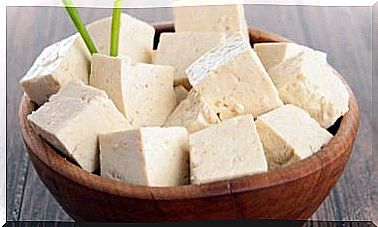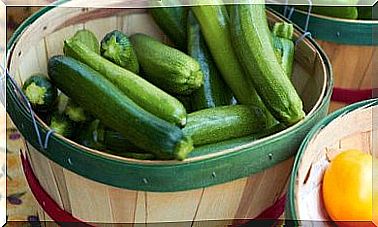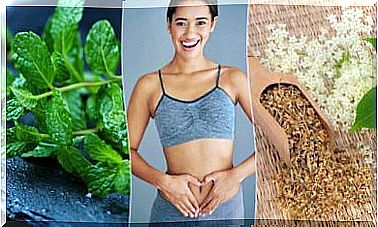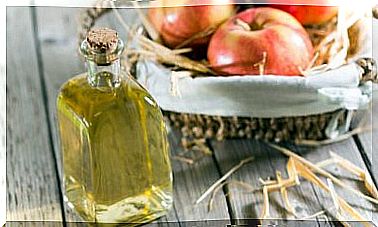Foods To Achieve Normal Hemoglobin Levels
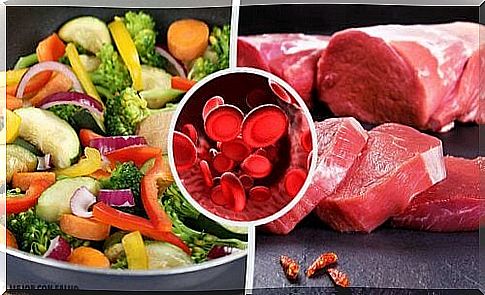
What do you think about when you hear about normal hemoglobin levels? Most people relate it to anemia, but we don’t know the concept as such.
- Hemoglobin is a globular protein, that is, it is found in high concentrations in red blood cells.
- It is responsible for transporting oxygen to peripheral tissues and carbon dioxide to the lungs to be excreted.
- Normal values range from 12 – 16 g / dl in women to 13 – 18 g / dl in men.
What is anemia?
It is defined as a decrease in hemoglobin concentration.
In other words, according to the World Health Organization, anemia is considered to be present when it is below the values mentioned above, according to the person’s gender.
Who can suffer from low hemoglobin?
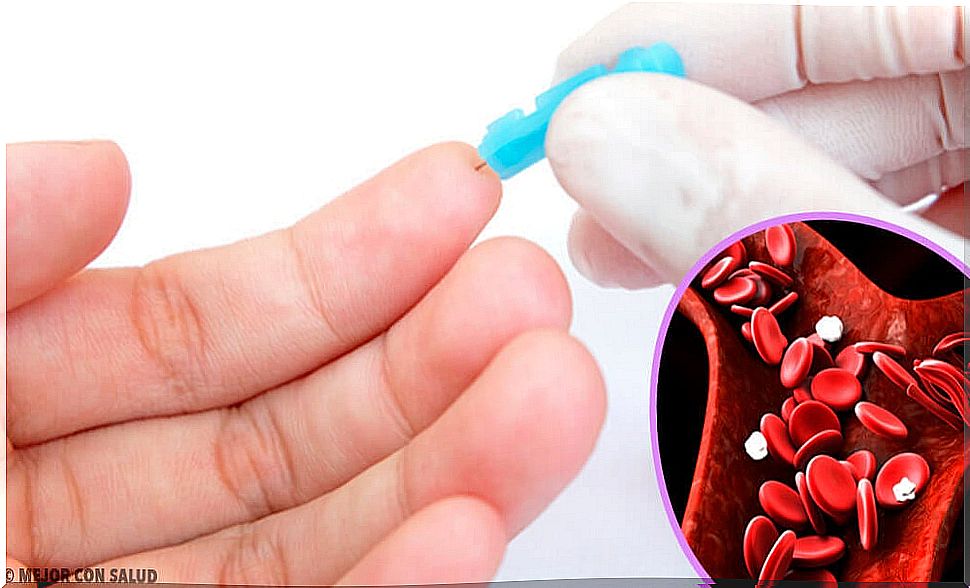
- babies and teenagers
- Women of reproductive age
- Women with abnormal bleeding
- Adults over 65 years old
- Patients with Helicobacter pylori infection
- vegetarians
- Patients with gastrointestinal bleeding
Anemia symptoms
- tiredness or weakness
- Pale or yellowish skin
- Feeling short of breath or dizzy
- excessive thirst
- Sweat
- fast breathing
- Cramps in the lower legs
- abnormal heart rhythms
How to prevent?
The only way to prevent it is to eat a healthy diet, rich in nutrients to produce healthy blood cells. Above all, consumption of foods containing iron, vitamin B12, folic acid and vitamin C should be prioritized.
Fortunately, these nutrients are found in a wide variety of products. In addition, it is important to consider the following recommendations:
- Consume foods and beverages rich in nutrients: vegetables, whole grains, fruits, seafood, meats, legumes, seeds, among others.
- Limit your intake of salt, sugars, refined grains and fat.
- Control weight gain by reducing calories.
- Check safety standards for each food to reduce the risk of foodborne illnesses.
Recommended Foods to Maintain Normal Hemoglobin Levels
It should be noted that iron is primarily responsible for the formation of hemoglobin. With the help of oxygen, it produces energy in the cell.
Once iron enters the body, it remains in the blood , organs and muscles.
There are two types of iron: that of animal origin, called heminic iron, and that of vegetable origin, known as non-heme iron.
However, iron is not easy to obtain as most foods contain small amounts and sometimes the body does not absorb it .
In fact, plant-derived iron is the best absorbed. It is important to keep this in mind to maintain normal hemoglobin levels.
Animal foods
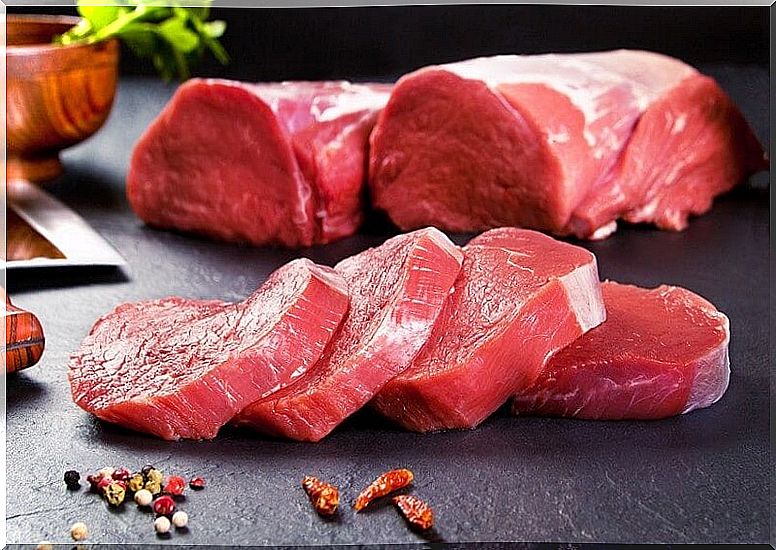
- Shellfish: Shellfish are rich in iron. They contain around 24mg per 100g.
- Mussels: They provide 4.5mg per 100g.
- Sardines: rich in omega 3 unsaturated fatty acids, they also provide us with 3.2 mg of iron per 100 g.
- Liver: can be pork or cow. In addition to providing folic acid and vitamin B12, it also contains 8 mg of iron per 100 g. This helps in the formation of blood cells.
- Quail: rich in proteins and essential amino acids. These birds are 7.7 mg per 100 g.
- Meat: the contribution of iron in red meat is much greater than that of white meat. Also, it is a source of potassium and phosphorus. It has 2.5 mg per 100 g.
- Egg: contains vitamin C, folic acid, calcium and provides 2.2 mg of iron per 100 g.
plant foods
- Spinach: is rich in vitamins and minerals. It gives us potassium, magnesium and 4 mg of iron per 100 g.
- Chard: This vegetable contains folates, which help form red and white blood cells, as well as antibodies in the immune system. In addition, it also contains 3.1 mg of iron per 100 g.
- Beans: These legumes provide minerals, vitamins, proteins, calories and antioxidants. For every 100 g we get 8.5 mg of iron.
- Lentils: are rich in vitamins (A, B1, B2, B3, B6, C and E). It also contains minerals such as potassium, phosphorus, calcium and sodium. As for iron, it contributes 7.1 mg per 100 g.
Oilseeds

- Pistachio: This fruit provides high levels of lutein, beta-carotene and vitamins. It also contains fiber and 7.3 mg of iron per 100 g.
- Almonds and hazelnuts: both have protein and carbohydrates. As for iron, they contain 4.2 mg per 100 g.
- Peanuts: These seeds provide minerals and vitamins such as niacin. They have 2 mg of iron per 100 g.
Be sure to include these foods in your regular diet to prevent anemia and maintain normal hemoglobin levels in your body.


